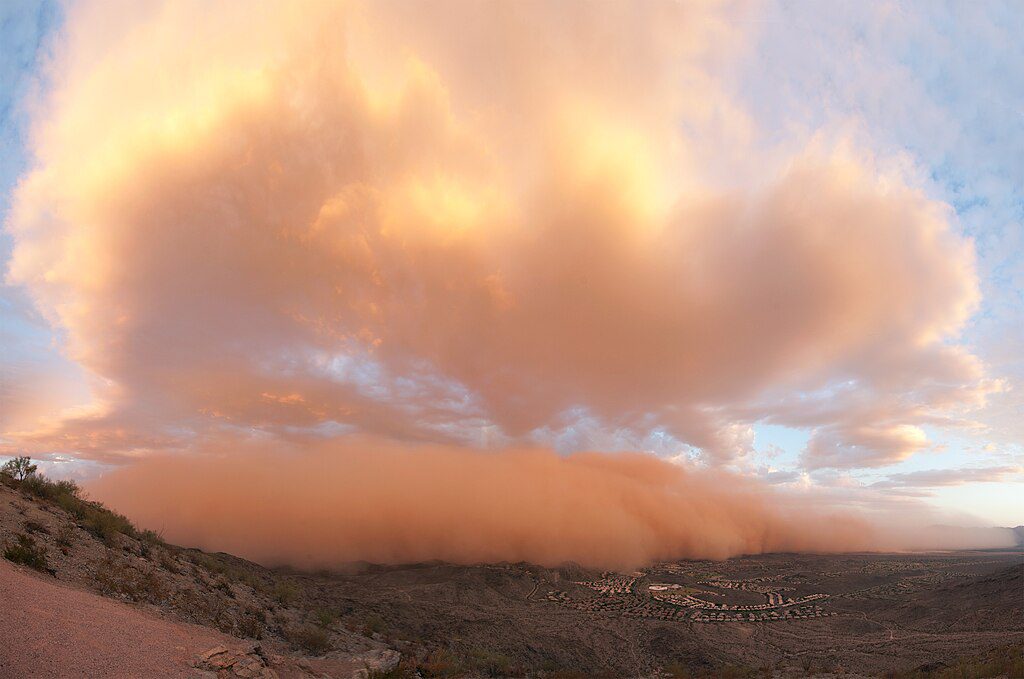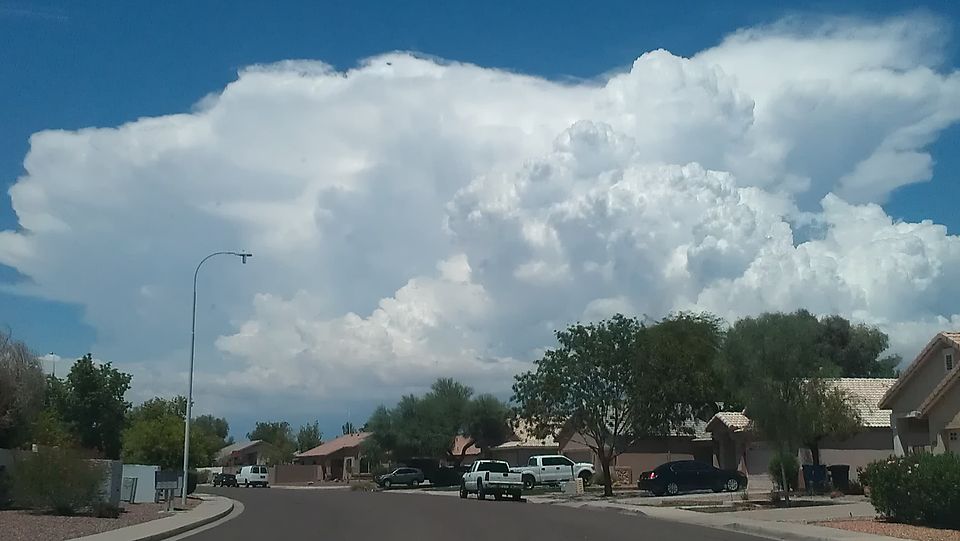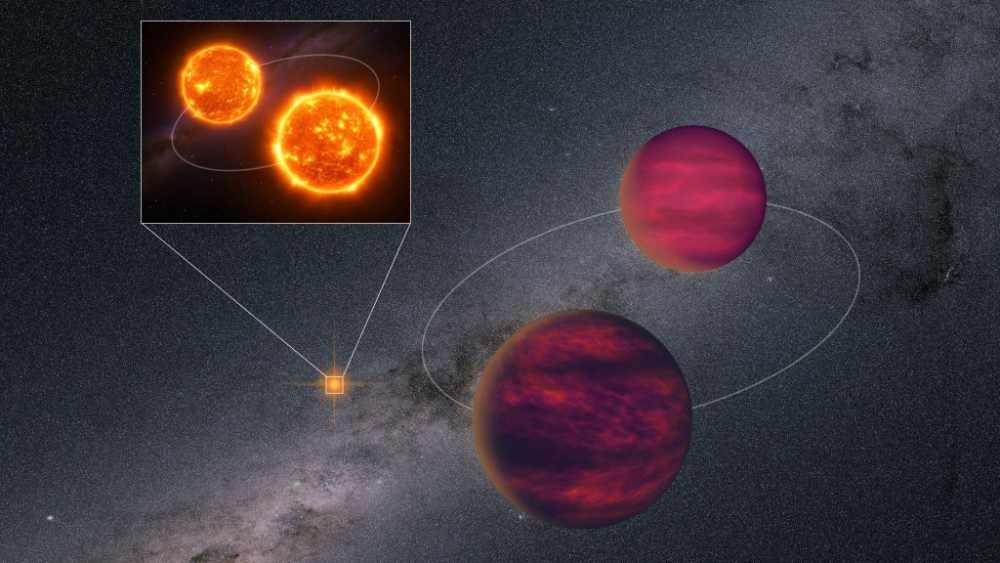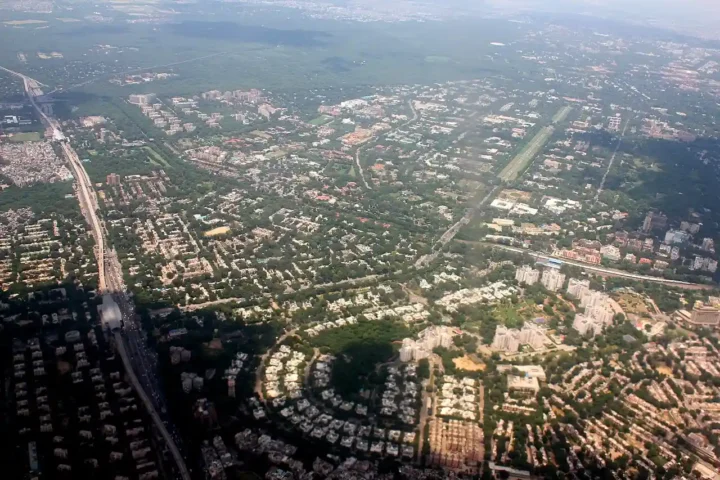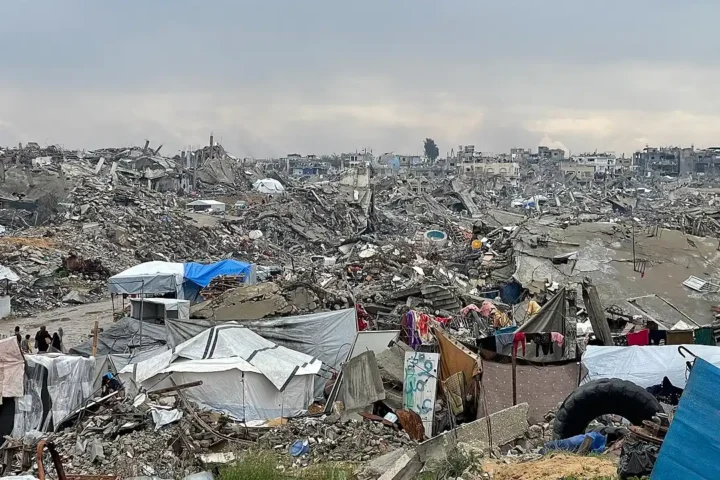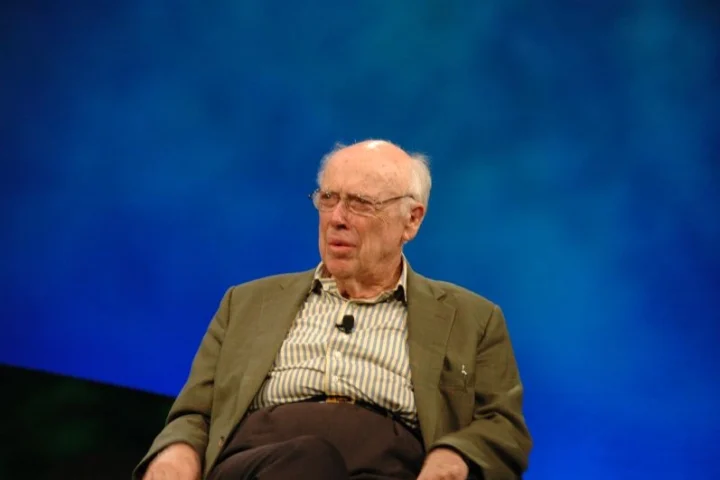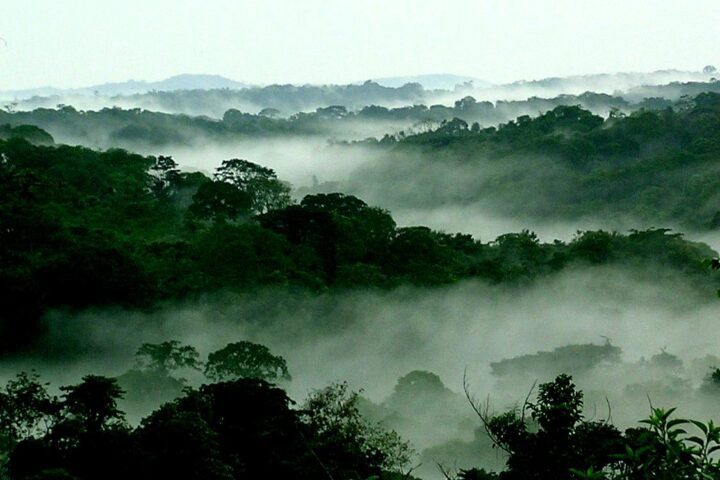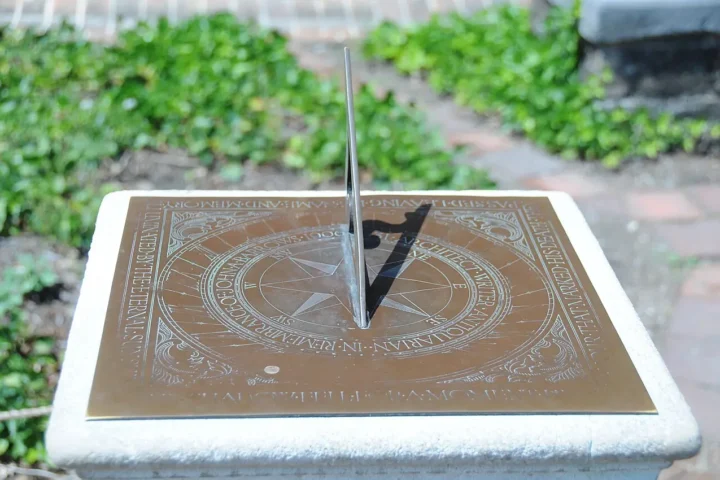A massive dust storm swept across the Phoenix metro area Monday afternoon, reducing visibility to as low as 50 feet on major highways and prompting officials to issue a dust storm warning for multiple Valley communities.
By 5 p.m., the National Weather Service Phoenix office had issued a dust storm warning covering major transportation corridors including I-10 near Avondale/Goodyear and the I-10/I-17/US-60 interchange near Phoenix and Mesa.
The Federal Aviation Administration issued a ground stop for Phoenix Sky Harbor International Airport until 6:30 p.m., disrupting flight schedules during the busy evening travel period.
Affected communities included Apache Junction, Chandler, Gilbert, Goodyear, Laveen, Maricopa, Tempe, and Tolleson, according to NWS alerts. Officials reiterated the Arizona Department of Transportation’s “Pull Aside, Stay Alive” safety protocol, urging drivers to exit highways completely, turn off all lights, keep foot off the brake, and wait until conditions improve.
Similar Posts
The dust storm hit during Monday evening rush hour, creating hazardous conditions as commuters navigated near-zero visibility. Outflow winds from thunderstorms in southern Arizona pushed the dust northward.
The storm was part of a broader monsoon weather pattern affecting much of Arizona. A Flood Watch remained in effect for portions of southwest Arizona and southeast California, with rainfall amounts up to a few inches possible in some locations.
Health officials note these dust events significantly impact air quality, with PM10 (coarse dust particles) and PM2.5 (fine particles) levels rising dramatically during haboobs. People with respiratory conditions, including asthma and COPD, are particularly vulnerable during these events.
Weather forecasters expect drier conditions to return by midweek, with temperatures climbing back to around 101 degrees by Wednesday as humidity levels decrease across the region.
